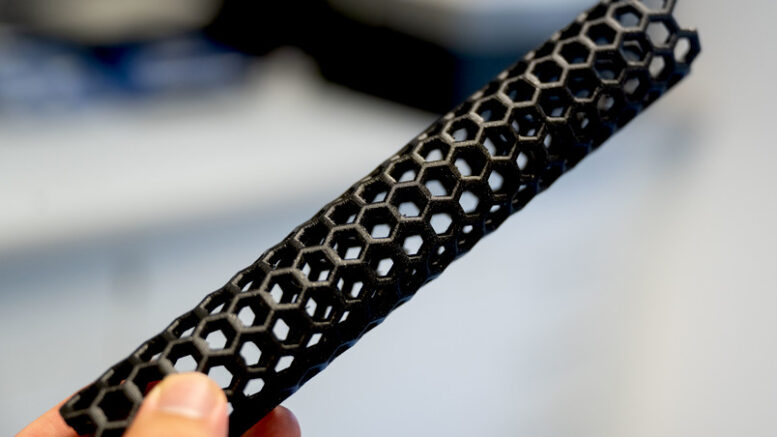A collaborative team of researchers hailing from Bochum, Duisburg, and Zurich has devised an innovative method for constructing modular optical sensors capable of detecting viruses and bacteria. The key component in this approach is the use of fluorescent carbon nanotubes with a new type of DNA anchors, acting as molecular handles. These anchor structures facilitate the attachment of biological recognition units, such as antibodies or aptamers, to the nanotubes. Consequently, these recognition units can interact with bacterial or viral molecules present on the nanotubes, influencing their fluorescence and altering their brightness.
The team, led by professor Sebastian Kruss, alongside Justus Metternich and four other colleagues from Ruhr University Bochum (Germany), the Fraunhofer Institute for Microelectronic Circuits and Systems, and the ETH Zurich, has shared their breakthrough findings in the Journal of the American Chemical Society.
The research team utilized tubular nanosensors composed of carbon with a diameter of less than one nanometer. These carbon nanotubes exhibit light emission in the near-infrared range when subjected to visible light, a range invisible to the human eye but ideal for optical applications due to its reduced interference from other signals. Previous studies by Kruss' team had already demonstrated how nanotube fluorescence could be manipulated for detecting vital biomolecules. Now, the focus was on customizing these carbon sensors to efficiently detect various target molecules.
The key to their success lay in DNA structures featuring guanine quantum defects. These structures involved linking DNA bases to the nanotubes, creating defects in the nanotube's crystal structure. Consequently, the fluorescence of the nanotubes underwent quantum-level changes. Additionally, these defects acted as molecular handles, enabling the introduction of a detection unit that could be tailored to specific target molecules, facilitating the identification of particular viral or bacterial proteins. Kruss aptly describes the assembly of such a sensor as akin to a system of building blocks, except on a scale where individual parts are 100,000 times smaller than a human hair.
The research team demonstrated the novel sensor concept using the SARS-CoV-2 spike protein as a case study. For this purpose, they employed aptamers capable of binding specifically to the SARS-CoV-2 spike protein. Justus Metternich explains that aptamers are structured DNA or RNA strands that exhibit selective binding to proteins. The researchers also suggested the possibility of extending this concept to include antibodies or other types of detection units.
The fluorescent sensors exhibited a high level of accuracy in detecting the presence of the SARS-CoV-2 protein. Sensors with guanine quantum defects displayed superior selectivity compared to those without such defects. Additionally, sensors with guanine quantum defects demonstrated increased stability in solution, which is advantageous for diagnostic applications that involve measurements in complex environments, such as with cells, in the bloodstream, or within the organism itself.
Source: Ruhr-Universität Bochum
